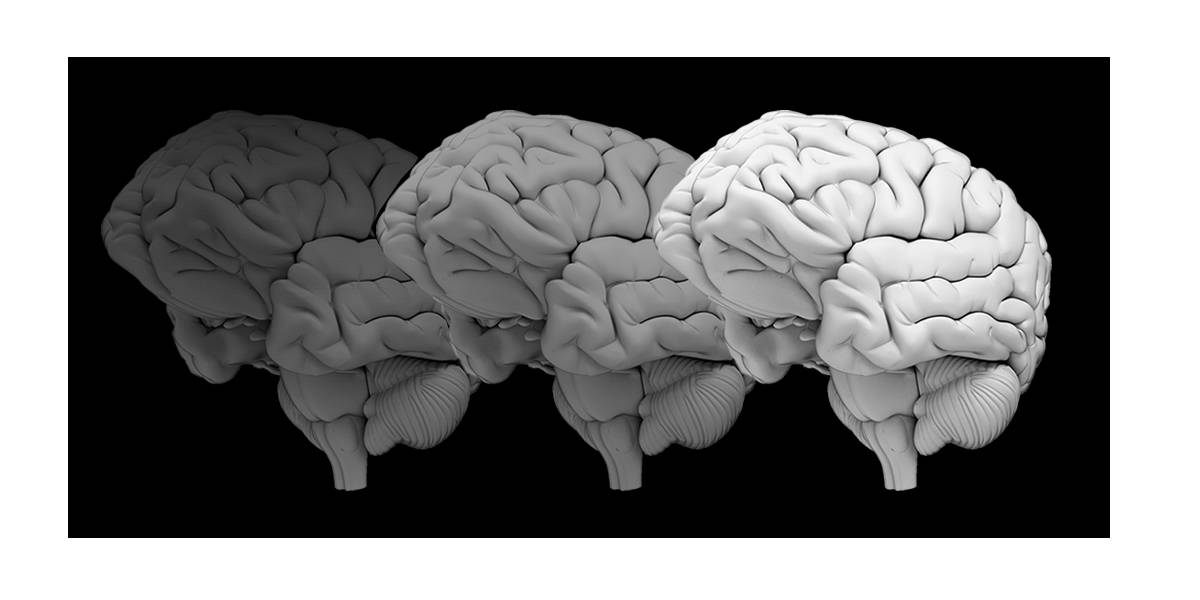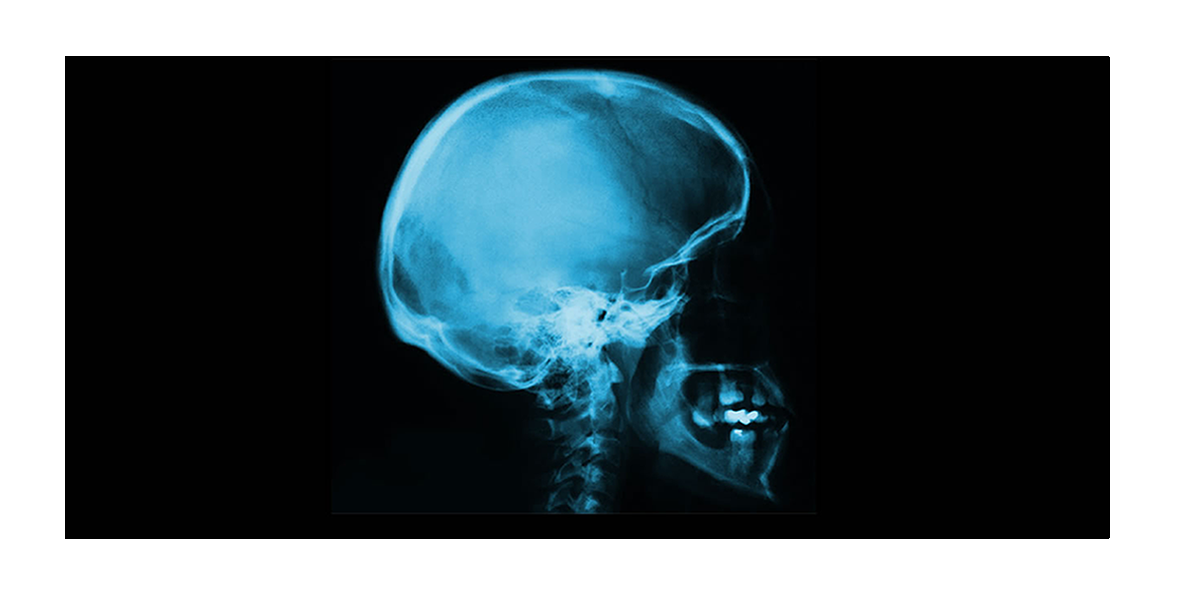Why brain cancer struggles for funding
The Age
Dan Harrison
April 5,2015
Gold Logie winner Carrie Bickmore had a point when she complained about the paucity of resources dedicated to tackling brain cancer, the disease which killed her husband.
If research dollars were allocated according to the burden of the targeted disease, brain cancer would be in line for about twice as much money as it currently attracts.

Gold Logie winner Carrie Bickmore uses her acceptance speech to raise awareness of brain cancer. Photo: Nine News
Federal government agency Cancer Australia compared the level of research funding committed to types of cancer with the amount of years of healthy life lost to those cancers, due to premature death and disability.
It found brain cancer, along with others including lung cancer, lymphoma and kidney cancer, received proportionally lower levels of funding compared with their burden of disease. The agency suggested this may be because the research workforce for these tumours was small.
In contrast, breast cancer and leukaemia and melanoma received levels of research funding that were proportionally higher than the impact of those tumours.
While brain cancer accounts for about 1.5 per cent of cancer diagnoses in Australia and about 3 per cent of cancer deaths, it claims a higher proportion of years of healthy life because it affects younger people more than other cancers.
It kills more people under 40 than any other cancer, and more children than any other disease.
While survival rates for some other cancers have dramatically grown over the past quarter century, those for brain cancer have barely improved.
The Cure Brain Cancer Foundation has made its mission to increase five-year survival rates for brain cancer to 50 per cent by 2023. Currently, only around 20 per cent of people are still alive five years after a brain cancer diagnosis, compared with around 90 per cent of those diagnosed with prostate cancer or breast cancer.
Barrie Littlefield, the foundation's head of engagement, said brain cancer's 3 per cent share of National Health and Medical Research Council cancer funding was "nowhere near enough" to meet its mission.
"We don't have the awareness we need," Mr Littlefield said. "It's not a 'sexy' cancer."
Mr Littlefield said increased funding for research on more common cancers had greatly improved survival rates.
"We know we can change brain cancer. We've just got to have a similar focus," he said.
A spokeswoman for the federal health department said between 2000 and 2014, the National Health and Medical Research Council had provided $63 million for research into brain and nervous system cancer, and a further $11.3 million was forecast for such research between 2015 and 2018.
The spokeswoman said a recent report published by Cancer Australia showed that between 2003-05 and 2009-2011 total funding for brain cancer research in Australia, including from non-government sources, increased from $1.5 million to $11.3 million which was a rise of 653 per cent.
|
|||||









